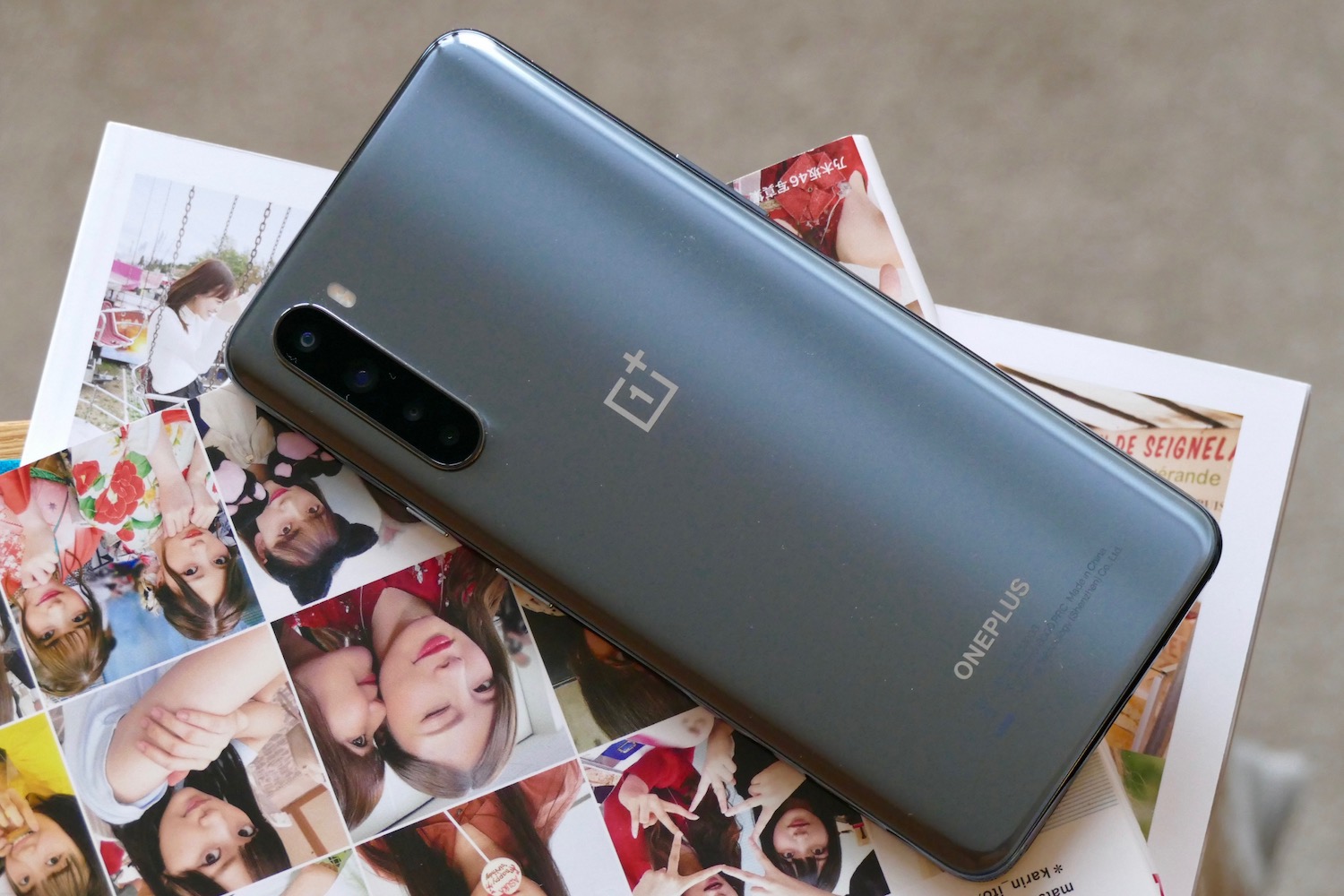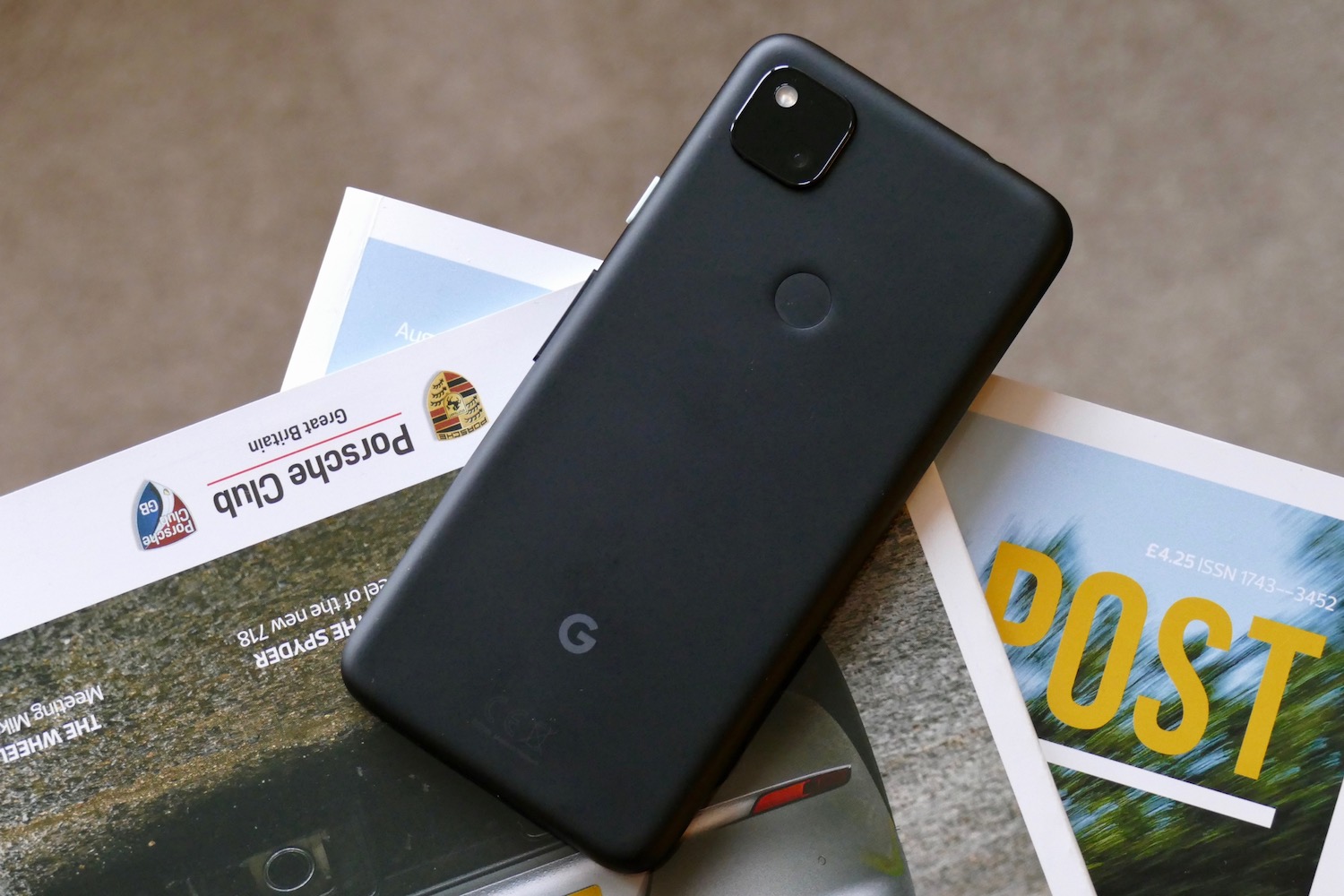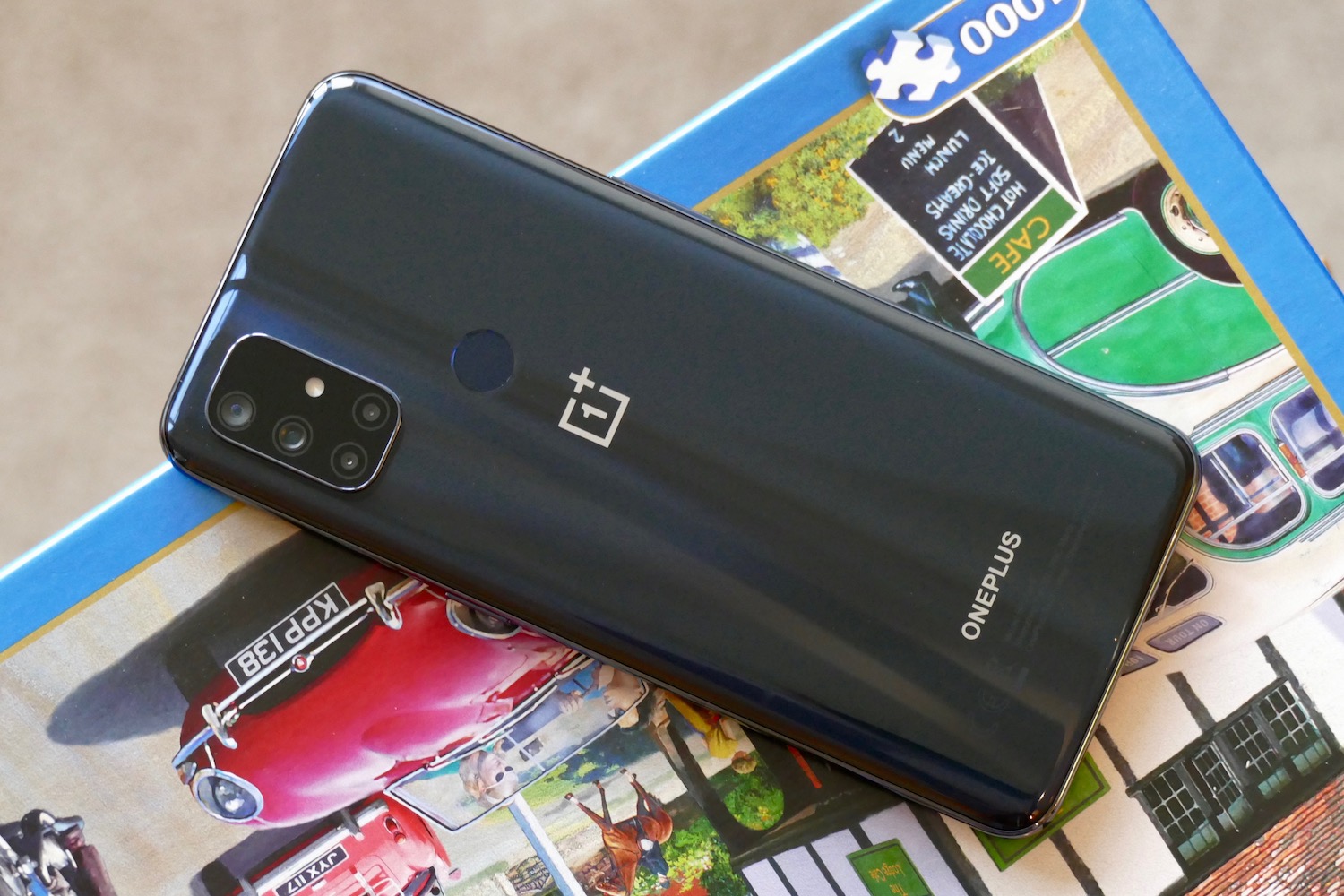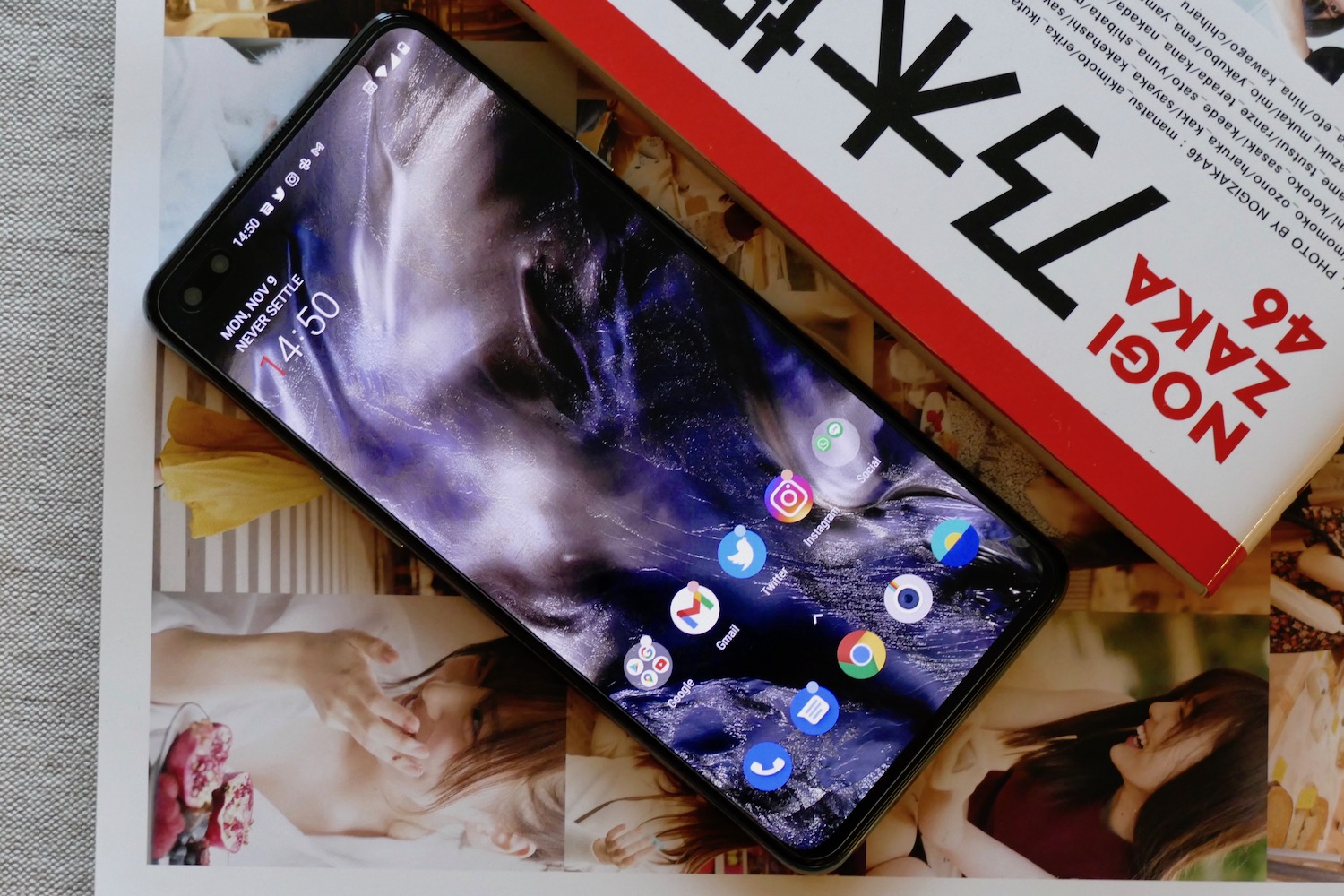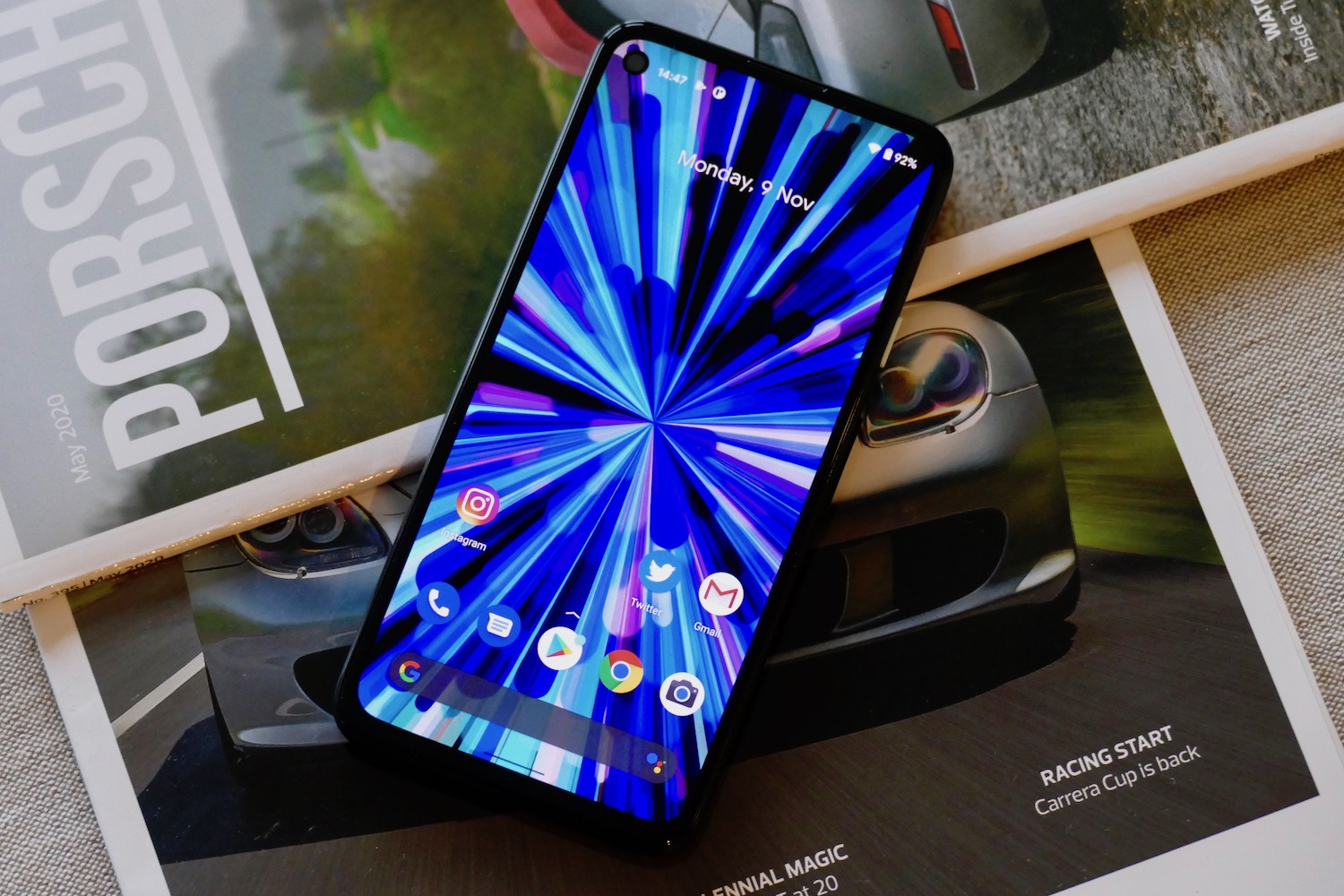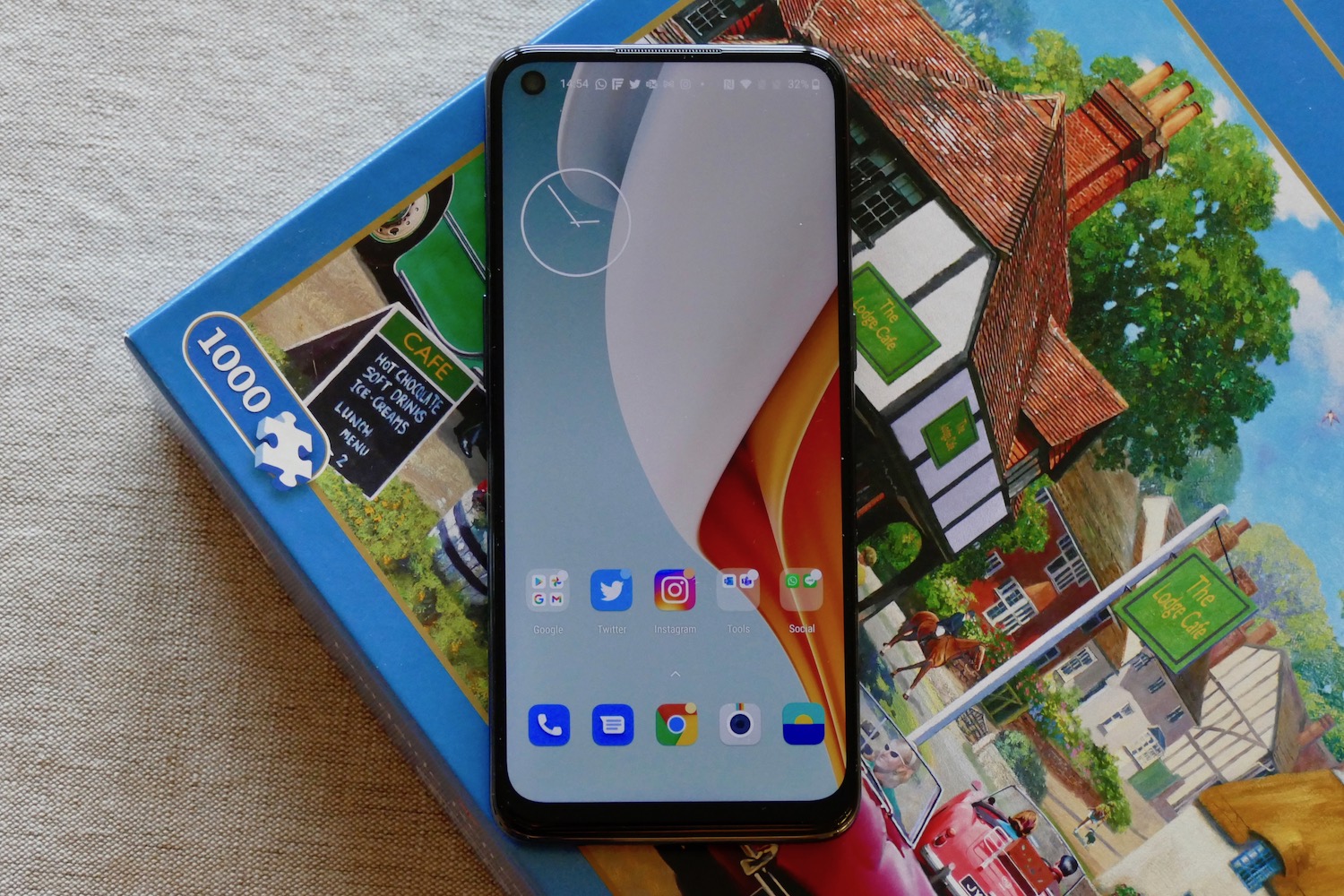OnePlus makes distinctive smartphones. From OxygenOS and the notification slider on the side of the body to the premium materials and value-driven prices, you have always known what you’re getting with a OnePlus phone. It’s a secret sauce that makes the company so revered among phone fans.
The new OnePlus Nord N10 5G departs from this established formula and meets only two of the familiar OnePlus mainstays mentioned above. Over the past few days, I’ve swapped between the OnePlus Nord N10 5G, the OnePlus Nord, and the Google Pixel 4a to see how these alterations affect the new model.
While you can compare the three phones using only specs and price, what about the differences that only show up through everyday use? That was the mission here, and I discovered the N10 5G has some serious competition from both inside the company and out.
Materials matter
The OnePlus N10 5G feels exactly like it has been built to a low price. The chassis and the back panel are made from plastic, the screen is a 6.49-inch LCD, and it has a rear fingerprint sensor. While the OnePlus Nord (the original) has a plastic chassis, it has a glass back and a 6.44-inch Fluid AMOLED screen, plus its fingerprint sensor hides underneath. The Google Pixel 4a falls somewhere in-between with its plastic back and 5.81-inch OLED screen. All three have a 90Hz refresh rate, but the Nord N10 5G’s screen is not as visibly smooth as the OLED-equipped phones.

The difference really comes in holding the phone. There’s a flex and a degree of “hollowness” in the OnePlus N10 5G’s rear panel, something that’s entirely absent from the OnePlus Nord, and from the tightly-made Pixel 4a too. It’s heavier and thicker than the other two phones, all of which add up to it feeling cheap and rather old. Not what you want from a brand new phone. The N10 5G’s shifting color is attractive, but we’ve seen it done before, and done better, on phones like the Honor 20.
OnePlus has dropped its most recognizable design feature from the N10 — the notification slider. This handy little switch changes between silent, vibrate, and ring modes without digging into the software, and ensures it’s quickly reversible too. It’s present on the Nord, the OnePlus 8 Pro, and the OnePlus 8T, yet not on the N10. It makes it less like a OnePlus phone, and rather more generic.
In the U.K., the OnePlus Nord N10 5G costs 329 British pounds, the Google Pixel 4a costs 349 pounds, and the OnePlus Nord costs 379 pounds. The Nord N10 5G is coming to the U.S., but no price has been confirmed yet. Expect it to be just under $400 which would make it more expensive than the $349 Google Pixel 4a, and close to the $499 Pixel 4a 5G. The OnePlus Nord is not officially available in the U.S., which is unfortunate as the N10 should not be considered a worthy substitution.
Don’t compromise on performance
Materials and modern design may not matter to everyone, but performance really should. Adequate speed makes your phone easy to live with, and avoids any frustration doing everyday tasks. I was shocked by the often ponderous performance provided by the Qualcomm Snapdragon 690 inside the N10, and continue to be impressed by the Snapdragon 765G in the Nord.
The N10’s lack of zip is noticeable throughout the operating system, right down the key taps and the associated haptic vibrations getting out of sync when you type quickly. These days I rarely “hurry” a phone by repeatedly tapping a button because I think it hasn’t registered my intent, but I did with the N10. Crowbarring in a speedy 5G modem at the expense of doing normal tasks quickly seems like a purely business-driven decision, and not one with the user in mind.
It’s tempting to pass the lethargy off as a “cheap phone thing,” but there really isn’t any need to make that excuse today, when the Pixel 4a and OnePlus Nord do not suffer from the same problem. Even OxygenOS — OnePlus’s own Android user interface — can’t save the day entirely, because it is OxygenOS 10.5 rather than OxygenOS 11 found on the OnePlus 8T, making it out of date. The Nord is similarly afflicted, but the Pixel 4a has the very latest version of Android 11 which has masses of speed, so any shortfall in performance from the phone using a Snapdragon 730G isn’t noticeable.
Oddly though, and something that makes me question the general software optimization on the Nord N10 5G, is that gaming is fine. I played Asphalt 9 Legends with the visual detail cranked up to maximum and it didn’t falter. The size and weight make the N10 5G a more pleasing gaming device than the Pixel 4a, but otherwise, I couldn’t split the three phones when playing.
Only one camera winner
On paper, the OnePlus Nord N10 5G actually has the most technically impressive camera of the three, with its 64-megapixel main camera. The Nord has a 48MP camera, and the Pixel 4a a lowly 12.2MP camera. However, it’s the software underneath that makes the difference here, and while the Pixel 4a doesn’t have a wide-angle camera (shame) or the mostly useless macro sensor, it still comes out on top.

Taking pictures with the respective night modes revealed a massive difference between the phones. On a particularly foggy night, the Pixel 4a’s Nightscape mode caught the fog in its photo, while the Nord tried admirably but ended up with a lot of noise. The N10’s photo is arguably the most “realistic,” given it was late at night when the photo was taken, but that doesn’t make it desirable.
It’s hard to split the OnePlus Nord and the OnePlus Nord N10 5G when taking regular photos, but the Pixel 4a stands apart, due to consistently capturing more detail, texture, and realism, and more attractive colors and contrast too. It is without a doubt the best camera phone here, but this isn’t much of a surprise.
- 1. OnePlus Nord
- 2. Google Pixel 4a
- 3. OnePlus Nord N10 5G
- 4. OnePlus Nord
- 5. Google Pixel 4a
- 6. OnePlus Nord N10 5G
Yes, the Nord phones have more features, but no, that doesn’t make them better than the Pixel 4a. However, they both take decent everyday casual photos and at this price, are suitably impressive.
Battery and security
Each phone lasted an entire day on a single charge, with energy to spare at the end of it, although not enough to see any of them last a second full day. The OnePlus Nord and N10 5G’s Warp Charge 30 fast-charging system is a handy feature, pushing the battery to 70% capacity in about 30 minutes. It’s welcome, but not really a strong reason to buy on its own. None of the phones have wireless charging.
The Nord’s in-display fingerprint sensor is the fastest secure unlocking method here, with the N10 5G’s rear sensor being a little hard to quickly find with your finger due to its small size and the phone’s wide body. The Pixel 4a’s rear sensor usually needs a couple of tries before it unlocks the phone, but I do like the haptic feedback tap when it does.
Is the Nord N10 5G a true OnePlus phone?
It does say OnePlus on the back of the Nord N10 5G, but at almost no point during my short time with the phone did it feel like a OnePlus phone. The brand has put out a string of high quality, capable, and desirable pieces of tech up until today, but the Nord N10 5G is easily outclassed by the other two phones I compared it with, along with even cheaper models like the Realme 7 Pro and the Nokia 5.3.
I used each phone for about the same length of time, and once my SIM was out of the Nord N10 5G I had no wish to put it back. It ended up staying in the Nord, which represents superb value for money, and has everything I like about the brand’s phones from the notification slider to the wonderful haptics, and a cracking turn of speed. It almost defies belief that it’s only 50 pounds more than the N10 5G, such is the difference between them. It’s a true OnePlus phone, and representative of the quality dedicated OnePlus followers expect.
My SIM could have easily stayed in the Pixel 4a too, as 5G has no meaning in my local area, and it isn’t a feature for regular people to worry about right now, especially at this price. If you’re really that desperate for 5G and don’t live somewhere the Nord is sold, then the $499 Pixel 4a 5G is your best bet.
